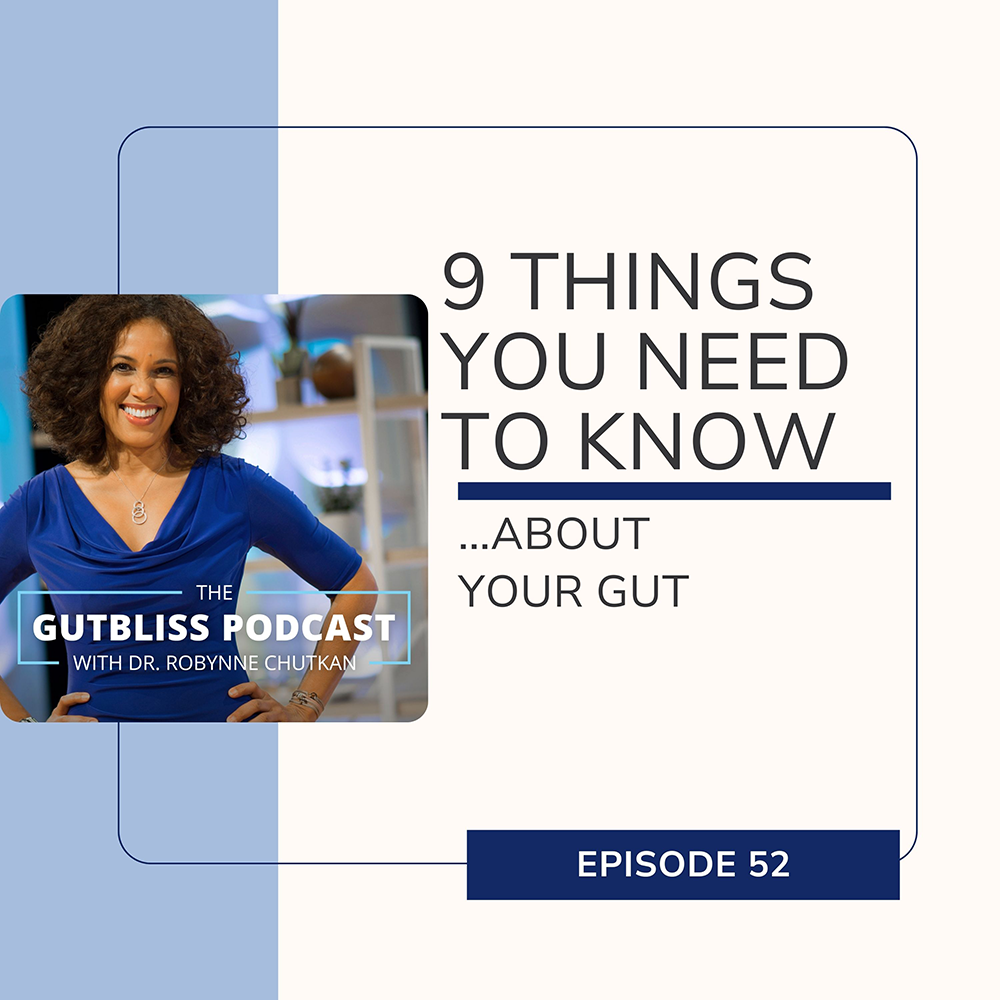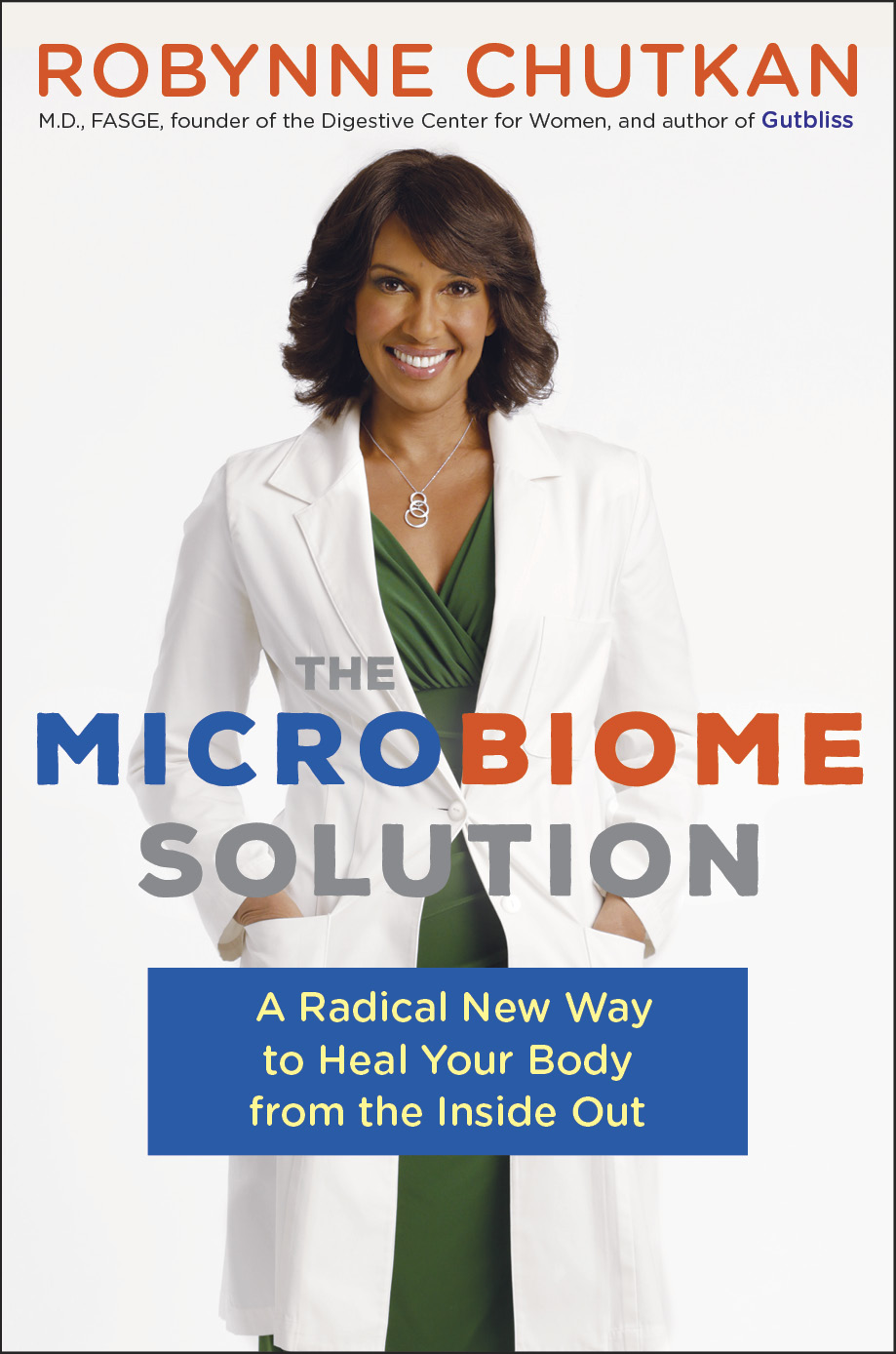Yeast overgrowth is a real phenomenon, and one that conventional doctors are often skeptical and poorly informed about. But yeast paranoia is also a real problem, and sometimes people have to be discouraged from adopting a too severe diet that isn’t nourishing to their healthy microbes, or from over-treating for something that’s not actually a problem anymore. This episode tells you exactly what to do to eradicate yeast and restore your microbiome.
Thank you for being a part of our community! For the latest in digestive wellness go to https://gutbliss.com/ and follow us on Instagram for more gut health info.
On today’s show, I want to tell you about a patient I saw a few years ago named Olivia. Olivia was a thirty-nine-year-old woman who came to see me for bloating and gas. She was extremely thin and really didn’t look very healthy, and she had some major concerns about yeast overgrowth. Now I refer to it as “yeast overgrowth”, although some people would describe what she had as a “yeast infection”, and during this episode I’m going to explain why “overgrowth” is actually the more accurate term to describe what’s going on.
About a year before she came to see me, Olivia had developed symptoms of yeast overgrowth in her vagina – itching, a thick creamy discharge, and burning when she urinated or had sex. If you’ve ever experienced this you know exactly how uncomfortable the symptoms can be. Olivia’s symptoms started after being treated with 6 weeks of antibiotics for a sinus infection. When she went to her OBGYN complaining about the symptoms, she was initially prescribed an oral medication called fluconazole, which works by stopping the growth of different types of fungal organisms and is sold under the brand name Diflucan. What’s the difference between yeast and fungus you might be wondering – are they the same thing? Not exactly. Yeast is a type of single-cell fungus, whereas “fungus” or “fungi” the plural, is a broader term that includes other organisms, including yeasts, but also molds, and mushrooms, that can be multicellular.
Olivia ended up taking 5 separate courses of fluconazole, each one lasting about 3 or 4 days. And every time her yeast overgrowth would respond, and her discharge would clear up, but a few weeks later, the itching and burning and discharge would all come right back. And when we come back, I’m going to tell you exactly why that was happening.
Olivia’s experience is not atypical. The reason that treating yeast overgrowth with an antifungal is often unsuccessful, is because it doesn’t address WHY you have fungal overgrowth in the first place. We all have fungi in our body—they’re present in low levels in the colon, where they help with digestion, on the skin, in the mouth and in the vagina. And when I say “they’re present” I mean they are part of the normal healthy ecosystem of your body – they are supposed to be there. It’s when yeast like Candida and other fungi grow too rapidly that we have a problem. This represents a form of dysbiosis – an imbalanced disrupted microbiome, and if you want to learn more about dysbiosis, check out episodes 26 and 27 of the Gutbliss Podcast on causes and treatment. Dysbiosis in the form of yeast overgrowth is especially common after taking antibiotics, because of the reduction in essential bacteria caused by the antibiotic that allows the yeast to proliferate unchecked and colonize moist parts of your body, where they thrive. Yeast overgrowth can show up as a cheesy white vaginal discharge, thick white patches on the tongue or in your mouth called thrush; red areas under the breasts, between your toes, in your ears, or around your anus where it looks like diaper rash; dandruff on your scalp; pustules in your groin or armpits; or nail bed infections. Those are all manifestations of yeast overgrowth as a result of dysbiosis. When you kill off some of the normal healthy essential bacteria you create a void in the microbiome and the yeast overgrow to fill that void.
People often want to treat their yeast problem with aggressive antifungals, but as I mentioned earlier, that does not address the underlying root cause of the problem, which is not overgrowth of yeast but undergrowth of essential bacterial species.
Olivia was super frustrated with the lack of results from the fluconazole her OBGYN had prescribed, so she started doing online consultations with a functional medicine doctor who billed himself as a yeast specialist. He prescribed eight more weeks of fluconazole. And this actually had me quite worried, because Olivia had already taken 5 courses from her OBGYN, and fluconazole has some serious potential side effects, including liver injury in around 20% of people that can range from just mild liver enzyme elevation to acute liver failure and even death, plus less serious GI symptoms, like burping, heartburn, indigestion, and abdominal pain.
When her symptoms still weren’t resolved after almost 3 months of fluconazole, Olivia’s functional medicine doc recommended an additional eight weeks of therapy with an even more potent antifungal, with an even worse side effect profile than fluconazole. Since her symptoms began, Olivia had been on a strict diet with no grains whatsoever, no fruit, no starchy vegetables, and no sugar, honey, or sweeteners of any kind. She didn’t really like vegetables, so she had literally been eating only meat, chicken, and eggs for the last year.
Yeasts multiply by budding—splitting off in bulges from the parent cell wall—which can be especially rapid (within a couple of hours) when there’s lots of starchy, sugary food around. The sugars in these foods are fermented by yeast and converted to alcohol and carbon dioxide—which is why yeast has been used by humans for centuries for making products like bread, wine, and beer. And it’s also the rationale behind many anti-yeast diets that recommend cutting back or eliminating sugary, starchy foods. But the other thing that you need to keep in mind when you’re trying to reduce the population of yeast is that you have to simultaneously increase your population of essential bacteria to fill that void. And what do essential bacteria, the healthy kind like F. prausnitzii that you’re trying to increase, what do they like to eat? High fiber foods. So if you are eliminating all carbohydrates like Olivia was doing, yes, you will probably reduce your population of yeast, but you’re also going to reduce your population of healthy bacteria, and you’re going to end up with a vicious cycle of suppression and overgrowth and continue to have an imbalanced microbiome. Coming up, what does work to get rid of yeast overgrowth?
I suggested to Olivia that after all that antifungal medication and the super rigid diet, there were probably very little yeast anywhere in her body and that her bloating and gas were more likely the result of insufficient amounts of essential bacteria rather than yeast overgrowth. But Olivia was really steadfast in her belief that yeast were taking over her body and needed to be aggressively treated, and it took multiple conversations plus a blood test that showed normal levels of antibodies to Candida to convince her otherwise.
Getting Olivia to stop the fluconazole was not that hard – it was clearly not working – but persuading her to liberalize her diet was very hard. She and her microbes desperately needed some real food and nutrients – particularly high fiber foods that are so essential for cultivating a healthy microbiome. Eventually, because she felt so sick, Olivia relented and agreed to add in small amounts of lentils and zucchini, then some green beans, and finally some low glycemic fruits like Granny Smith apples and berries. My nutritionist persuaded her to eat quinoa a couple of times, but she was so afraid of anything that contained carbohydrates that she would only eat a few teaspoons. Over the next year, with the help of a lot of nutrition coaching, reassurance from me, some therapy, and a more diverse diet, Olivia gradually gained some weight back and started to feel better.
I want to leave you with three takeaways about yeast overgrowth:
1) Yeast overgrowth is a real phenomenon, and one that conventional doctors are often skeptical and poorly informed about. But yeast paranoia is also a real problem, and sometimes people have to be discouraged from adopting a too severe diet that isn’t nourishing to their healthy microbes, or from overtreating for something that’s not actually a problem anymore.
2) Repopulating your microbiome with essential bacteria that can crowd out yeast and keep their growth in check is the hallmark of a successful treatment program. You can’t just suppress the yeast with anti-fungals and expect that you are going to return to a normal balanced state.
3) Avoiding the factors that lead to yeast overgrowth in the 1st place is of course the best way to approach this. That means avoiding antibiotics and other microbiome disrupting drugs like acid blockers and steroids unless absolutely necessary and eating a balanced high-fiber diet and not overdoing it with sugary starchy food and alcohol.
So that’s it for this edition of the Gutbliss Podcast on yeast overgrowth and the importance of repopulation and not just suppression. Coming up next week on the Gutbliss Podcast, the NOVA Classification for ultra processed foods – what you need to know.









